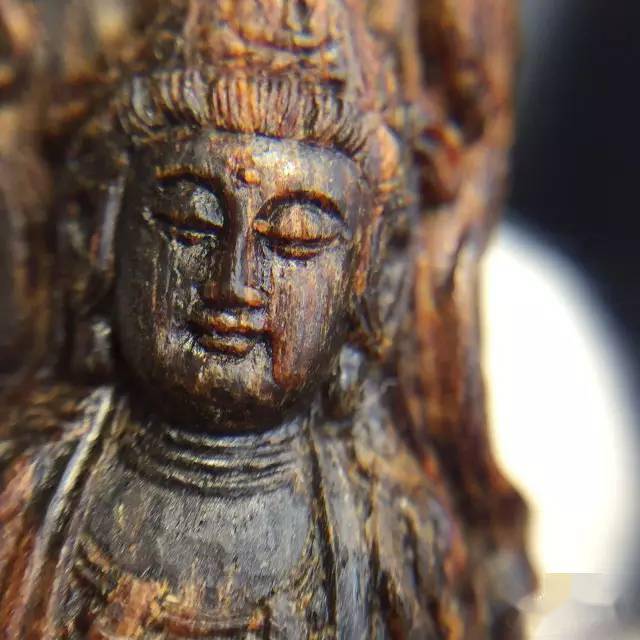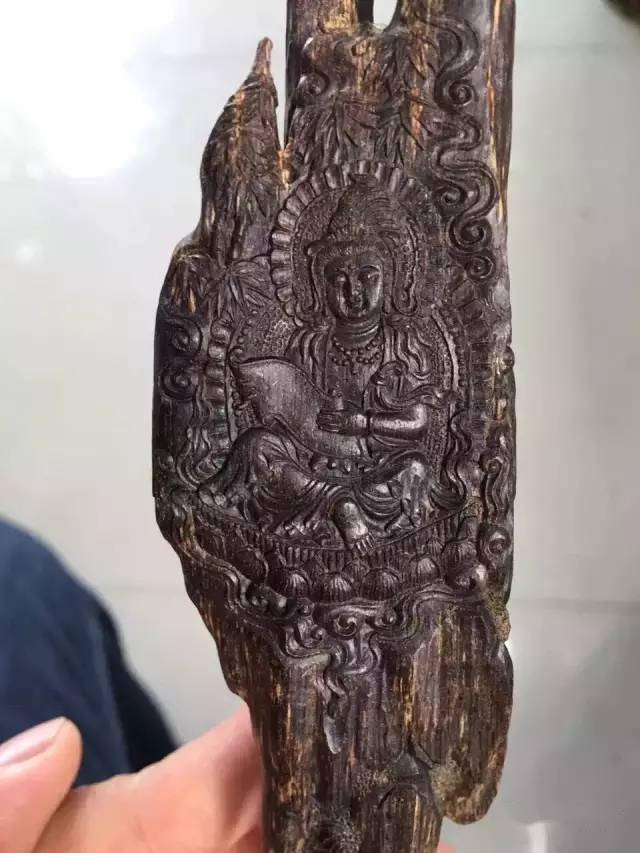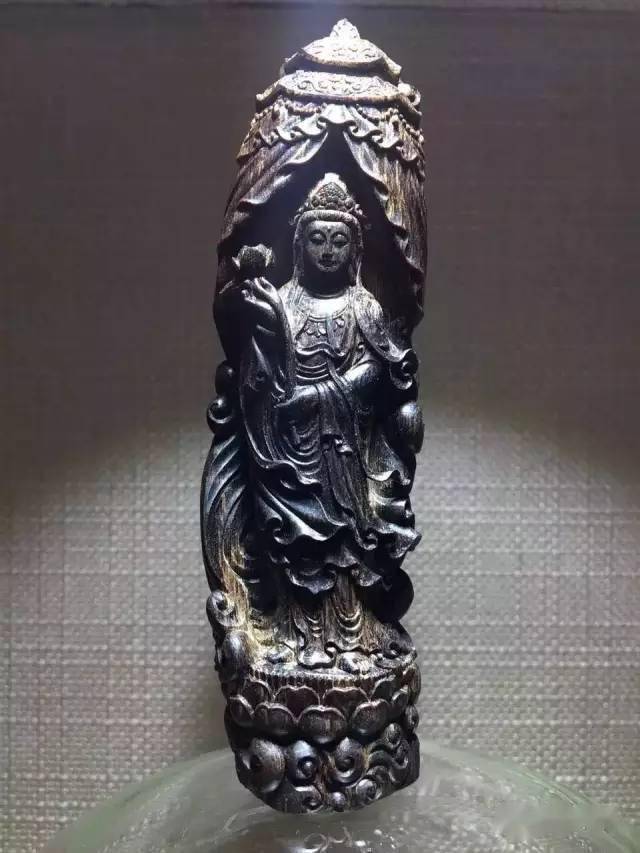(清明上河图中的沉香、檀香专卖店)
“刘家上色沉檀拣香”来自北宋时期张择端所画的《清明上河图》。画卷里多处描绘了与香事有关的景物,这其中最有名的莫过于“刘家上色沉檀拣香”香铺,意思便是说,刘姓人家经官府特许专营的香铺,有上好的沉香、檀香、乳香等香材。
沉香很早出现在历史的舞台上,但其鼎盛时期却是在宋代。中唐朝之后,沉香的应用在宋朝被推上历史高峰。由于从南洋诸国以及中国的南方边陲省份每年进口大量香药,加上政府设置香药专卖,并纳入税收,为政府增加可观的财政收入,沉香尤为其中大宗。

政府统办
《宋史食货志》即有如下记载:“宋之经费,茶、盐、矾之外,为香之利博,故以官为市焉。”太平兴国年间并于京师置香药榷易院,作为政府统筹办理香药贸易的机构。
《宋会要辑稿》记载西元966年7月,南唐后主李煜欲将外藩进贡之物献给宋太祖,他在上表文书上说:“占城国使入贡,到出臣国,遗臣犀角一株、象牙二株、白龙脑三十两、苍龙脑十斤、乳香三十斤、沉香三十斤、煎香七十斤…”其实这只是每年南海诸国进贡的一个小数目而已,可想宋代各种香料的供应情形。
《闻见录》就说:“宋宣政宫中,用龙涎、沉脑和蜡为烛,两行列数百支,艳明而香溢,天所无也。”宋代宫廷用香除了祭祀、行礼,以及服饰、居室熏香,皇帝也常以各种香药赏赐后妃大臣。《天香传》作者丁谓就因常受香药恩赏,而使他的日常用香不虞匮乏。

文人追求
除了宫廷贵族与一般文人士子的生活少不了香,甚至在歌妓云集的酒肆歌楼之间,也出现专门供应小炉炷香的“香婆”。由于宋代的省会风气尚文不尚武,再加上社会经济发展的推波助澜,对精致生活的要求、艺术文化的讲究,于是将焚香、点茶、挂书、插花并称为“生活四艺”,是文人生活怡情养性的主要内容。
这个时期,大量用香诗文出现了,例如晏几道的“御纱新制石榴裙,沉香慢火熏。越罗双带宫样,飞鹭碧波纹”,陆游的“夜烧沉水香,持戒勿中悔”等。此外,在茶中加入沉香也是当时盛行的饮品,具有理气、疗病等养生保健功效。
周密《武林旧事》记录,以“沉香水”作为日常消暑饮品;沉香酒则是妇女妊娠、生育时的必备之物。
繁盛至极衍生偏颇
宋代香料市场如此繁盛热闹,利之所在,会在整个香料供应链上衍生某些偏颇现象。例如处在第一线的采香香农,遇到贪婪的官吏便会受到剥削。《宋会要辑稿刑法》就记载有地方官吏为香农请命:“海南四洲黎峒地与南番相望,有所谓毛叶沉香,黎人得之甚艰,买者传以为珍。一路士夫竞嘱四州收买,或差人入洞强买,竟不得生还……乞诏二广监司常切觉察……海上四州不得遣人入黎洞买香。有一违戾,官吏按劾,以违制论,余人决配。”

《清异录》所载:“香用精沉”。唯宋一朝上至宫廷下至市井,贵至皇亲平至黎民,对香的社会需求日异增加。这与时人追求雅洁审美、提倡简约品味、极致恬淡的时尚潮流有着密不可分的联系,更于此时盛极的道教与佛教信仰及其相关礼仪有着极其根本的联系。
博大精深的道教文化中,香文化更是独树一帜。有“九天之上。唯道独尊。万法之中。焚香为先”之论。斋醮祈祷、养生修行中焚香一节乃必须功课。其中的:祭天、通神、避邪等仪式都离不开香案,并有等级不同的供香定制。

宋代士人视焚香为日常,燕居而求幽玄的清境,实少它不得。而彼时之香,举水沉,可概其要。范成大《桂海虞衡志》中《志香》一节所述种种,对沉香的品评正有它独特的角度,即优劣高下之标准并非基于“常程祭享”,而是士人燕居之焚香。“团扇兴来闲弄笔,寒泉漱罢独焚香”(陆游《夏日》);“沉水一铢销永昼,蠹书数叶伴残更”(刘克庄《身在》),怡神涤虑,澹志忘情,皆是其境界,虽然未必真的是怡,是忘。













 C bond connecting with two chromone moieties. Compounds
C bond connecting with two chromone moieties. Compounds 




